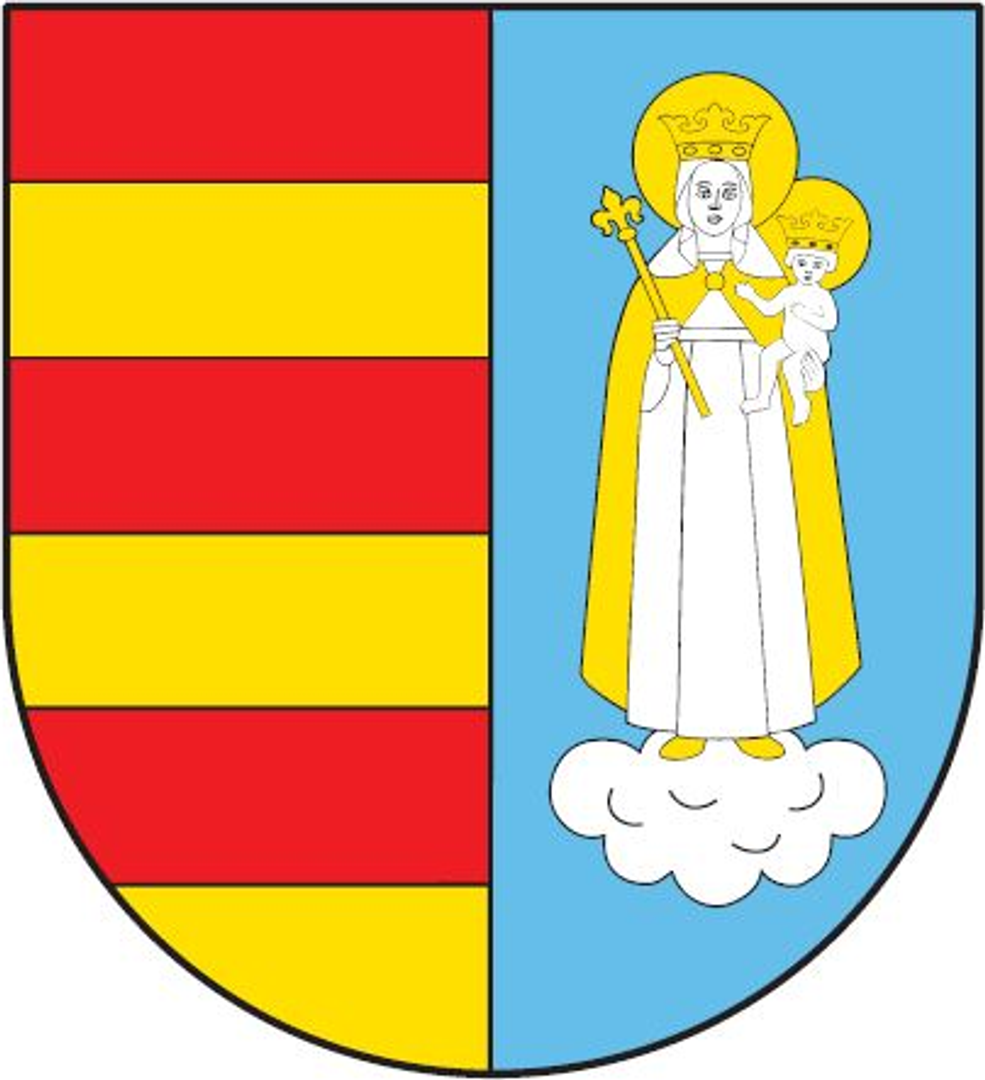Great Boulder
6.29

Overview
Kamionka Wielka is a picturesque rural municipality located in the Lesser Poland Voivodeship, within the Nowy Sącz County. Its history dates back to the 14th century when, in 1324, the mayor of Nowy Sącz, Mikołaj, founded the village of Mystków under the privilege granted by King Władysław Łokietek. Over the years, other settlements emerged, such as Mszalnica, Kamionka Mała, and Kamionka Wielka, and in the 15th century, the municipality became royal property under Władysław Jagiełło. After the First Partition of Poland, the villages passed into private hands. Kamionka Wielka is known for its rich architectural heritage, including the Greek Catholic wooden church in Bogusza from 1858 and the single-nave Church of St. Bartholomew in Kamionka Wielka, dating back to 1621, which houses a 16th-century baptismal font. Additionally, the municipality features the Church of the Nativity of the Blessed Virgin Mary in Królowa Górna from 1814 and the neo-baroque church in Mystków from the early 20th century. The municipality boasts a vibrant cultural scene with numerous artistic groups, such as the "Kamionczanki" Singing Ensemble and "Mali Mystkowianie." There is also a tradition of folk crafts, including sculpture, painting, and embroidery. Economically, the private sector dominates, with a prevalence of small artisanal enterprises. The municipality lies on the border of the Sącz Beskids and the Low Beskids, forming a picturesque valley at the confluence of three streams. An interesting fact is the military cemetery from World War I in Królowa Polska, which bears witness to the region's turbulent history.
Location
2025 Wizytor | All Rights Reserved